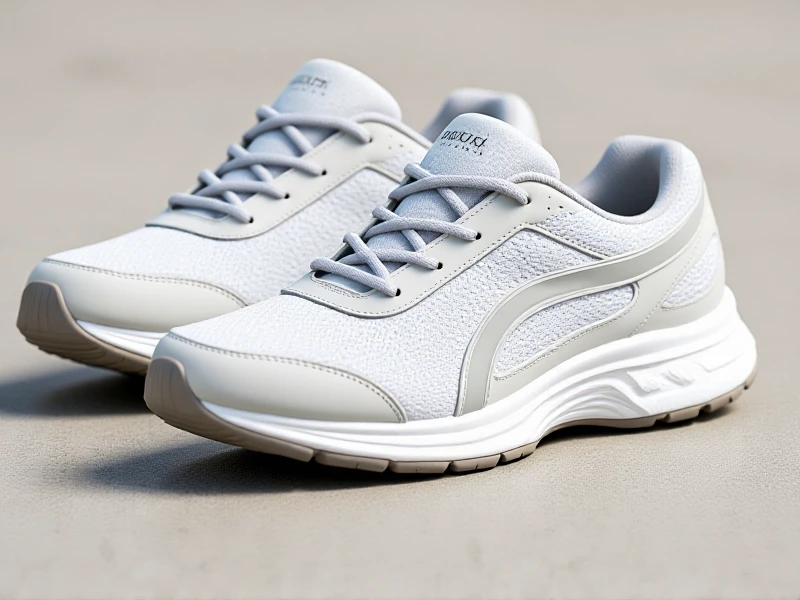
Find Your Perfect Running Shoes: The Ultimate Guide to Peak Performance
Here is an SEO-optimized article on "running shoes" in English, designed to read naturally and avoid AI generation indicators:
Finding the ideal pair of running shoes isn't just about style; it's a fundamental step towards unlocking your best runs, preventing injuries, and enjoying every mile. With a vast array of options available, selecting the best running shoes tailored to your unique needs can feel overwhelming. This guide cuts through the noise to help you make an informed choice.
Your feet and running style are unique. The most crucial factor is understanding your gait – how your foot pronates (rolls inward) upon landing. Whether you have neutral pronation, overpronation, or supination (underpronation), there are specific running shoes engineered with supportive features to keep you stable and efficient. Visiting a specialty running store for a gait analysis is highly recommended.
Next, consider where you primarily run. Are you conquering pavement, trails, or the treadmill? Road running shoes are designed with cushioning focused on impact absorption from hard surfaces, featuring durable outsoles. For the trails, you need rugged traction, aggressive grip, and enhanced stability to tackle uneven terrain – trail running shoes provide this essential protection. Track spikes are another specialized category.
The midsole cushioning is the engine room of your running shoes. Technologies vary widely, from plush, soft foams that feel like running on clouds (great for comfort and shock absorption over long distances) to firmer, responsive foams that deliver energy return for a snappier feel, beneficial for speedwork. The required cushioning level depends on the distances you typically run and personal preference for feel underfoot.
Don't forget the fit! Running shoes require ample room in the toe box (about a thumb's width beyond your longest toe) to prevent blisters and black toenails, especially during longer runs where your feet naturally swell. Your foot should feel secure in the heel and midfoot. Trying shoes on later in the day when feet are slightly larger, and wearing your usual running socks, ensures the best fit. Many brands offer different width options – if standard widths aren't comfortable, explore these possibilities.
Finally, pay attention to durability. The miles add up quickly, degrading cushioning and outsole rubber. Replacing worn-out running shoes (typically every 300-500 miles) is vital for maintaining proper support and cushioning, reducing the risk of overuse injuries like shin splints or knee pain. Listen to your body; increased stiffness or discomfort are often signs you need new shoes.
Investing the time to find the perfect running shoes tailored to your gait, running surface, cushioning preference, and foot shape is an investment in your running future. The right shoes provide comfort, enhance your stride, protect your body, and ultimately, make running a more rewarding experience. Discover your perfect pair today and feel the difference on your next run!